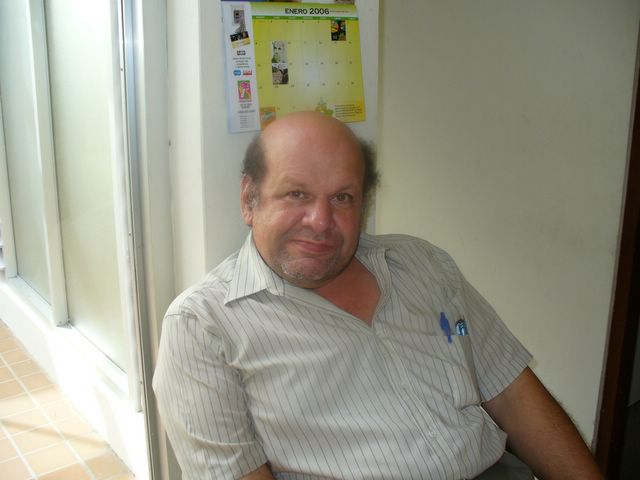After over a year in recess, leading a Perils-of-Pauline existence in my government historic preservation job, things are starting to look up to me. Blogging in these stressful times is not easy for people of my temperament, but I am morally and existentially obligated to share my concerns about the significance of material memory for the spiritual well-being of the world.
The neoliberal fling, the orgy of unrestrained spending, moving and shaking with bucks and bombs, the veritable disaster of an economy and a "political" apparatus gone amok, is at last receding into times of Hope and Sorrow. Hope because the frenzy begins to die down and give way to a slower pace of life and more reflection, and we begin seeing the distant horizon; sorrow because of the suffering inflicted both during the past years and the consequences now seen as a major recession (depression???) seems to come upon us.
Heritage has been a main victim of this process. Iraq, a country of incredible historical and archaeological treasures, the territory where human urban society (Ur) originated, is a mined-up shambles; the Balkans have been scoured repeatedly by warring religious groups. India and Pakistan and assorted terrorists in their territories have targeted significant places and landmarks (witness the Thanksgiving day attacks in Mumbai, where not even the World Heritage-listed Chhatrapati Shivaji or Victoria Station was spared). And the examples multiply worldwide.
Though a sad read, Robert Bevan's Destruction of Memory (London, Reaktion, 2006) should be in the "must" list for all concerned preservationists. Bevan demonstrates through the counter-example of destroyed and absent landmarks the real, overpowering power of heritage as a universal human yearning that expresses a vital need for belonging and presence.
And now to the scourge of violence, we must add the hole of despondency. As the economy shifts into reverse, money for heritage's upkeep dries up and buildings are progressively disrepaired. Abandonment and slumification are again on the increase in historic centres of the First, Third and the few surviving fragments of the Second Worlds. The climate in the preservation community is generally one of damage control, ie how to reduce attrition of heritage places. In my next posts I will begin explaining these phenomena and what can we do to create a different trend that promotes actively the permanence and reconstruction of memory.
Subscribe to:
Post Comments (Atom)

No comments:
Post a Comment